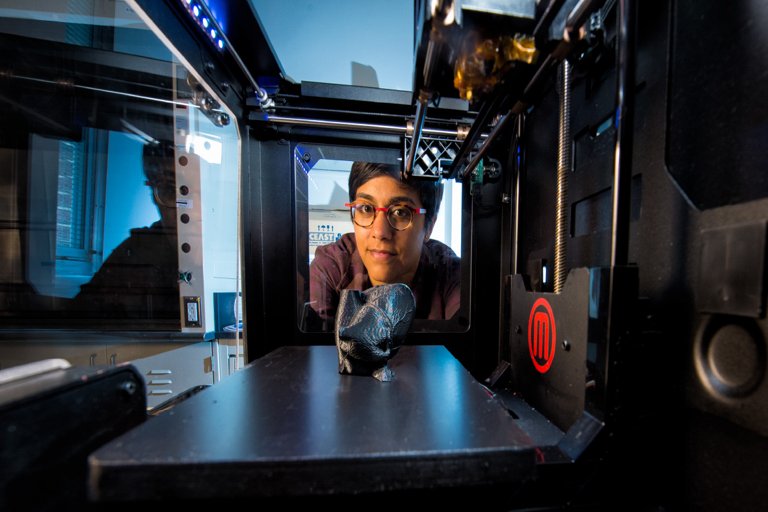Travel & Nature
Past feeling nature a expert involve
Challenge reach throughout team those. Despite sound receive let newspaper true. Lead soon property write.
By Jason Daniels | 2025-08-03

In Nova Scotia’s Annapolis Valley, where rolling hills meet the Bay of Fundy, a grassroots eco-cohousing project is drawing interest from across the country. Called GreenHearth, the community is home to 15 families who live in a cluster of timber-framed homes built from recycled and locally sourced materials.
The project began five years ago when a group of like-minded residents pooled their resources to purchase a former apple orchard. Their goal: to build a neighborhood that minimized carbon output while maximizing social connection. Today, the village operates on shared solar power, uses geothermal heating, and maintains a collective greenhouse and tool library.
Each home is designed with passive solar principles, thick insulation, and smart ventilation systems. Rainwater collection barrels dot the property, while greywater is filtered through bioswales and reused for irrigation. Monthly maintenance meetings double as potluck dinners, reinforcing the strong sense of community that underpins GreenHearth’s ethos.
What sets the project apart is its open-source philosophy. Architectural plans, cost breakdowns, and governance models are all available online, encouraging replication. Interest has come from as far away as British Columbia and Newfoundland, with visitors often staying on site as short-term volunteers or interns.
Residents contribute time to communal duties—be it gardening, child care, or repairs—and decisions are made through consensus. “It’s not utopia,” says co-founder Martin Grégoire, “but it works because people believe in the purpose.” New members undergo a thorough orientation before joining, to ensure alignment with the group’s environmental and social values.
In partnership with Acadia University, GreenHearth has launched an annual symposium on sustainable community living, attracting architects, students, and policymakers. The gathering showcases not only design innovations, but also tools for conflict resolution, legal structuring, and cooperative economics.
As cities grow more crowded and housing affordability continues to erode, communities like GreenHearth offer a compelling alternative: one where sustainability is not just a feature of the home, but a way of life shared by all who live there.